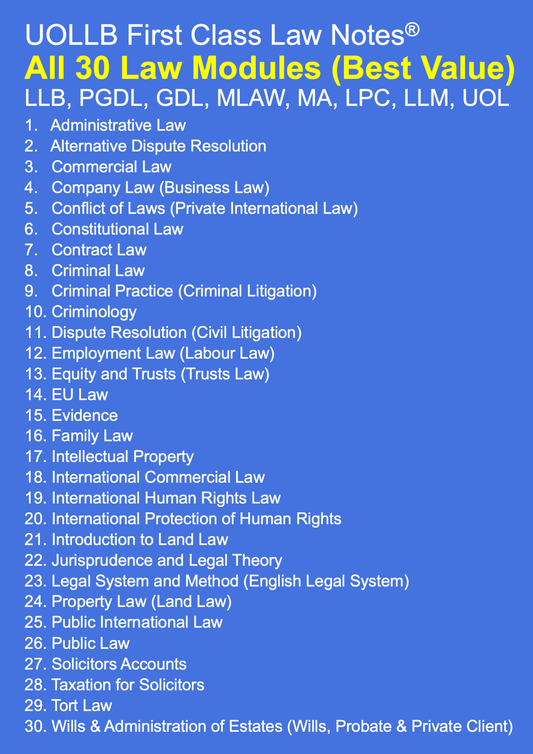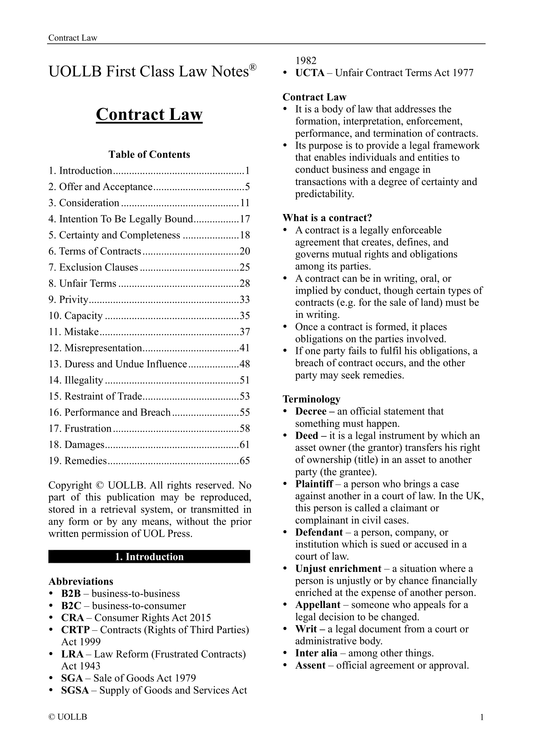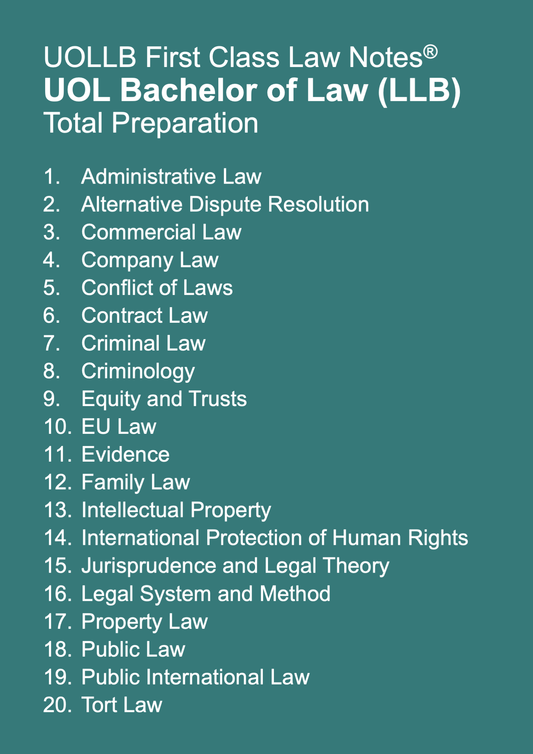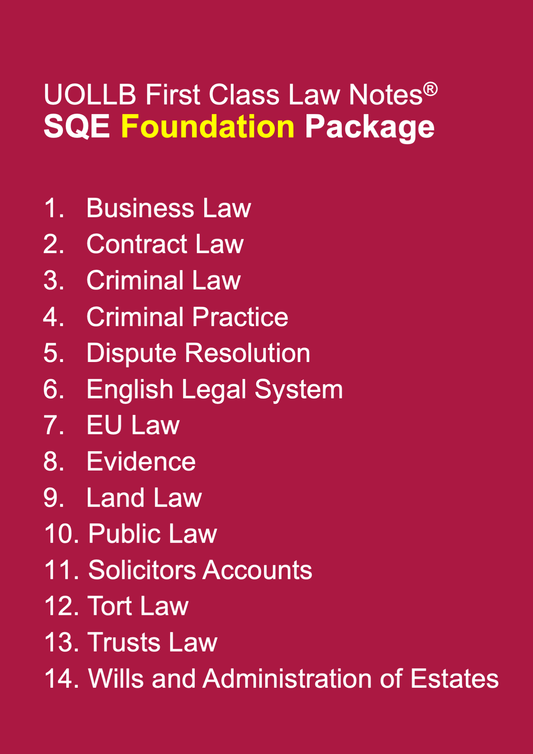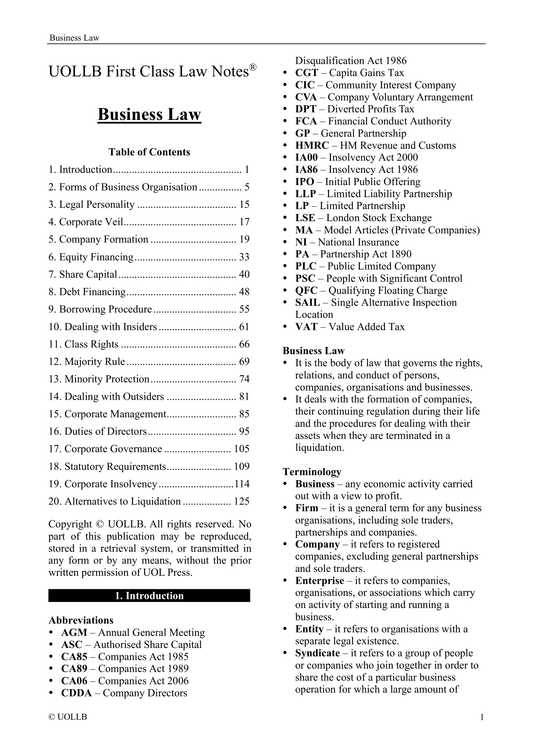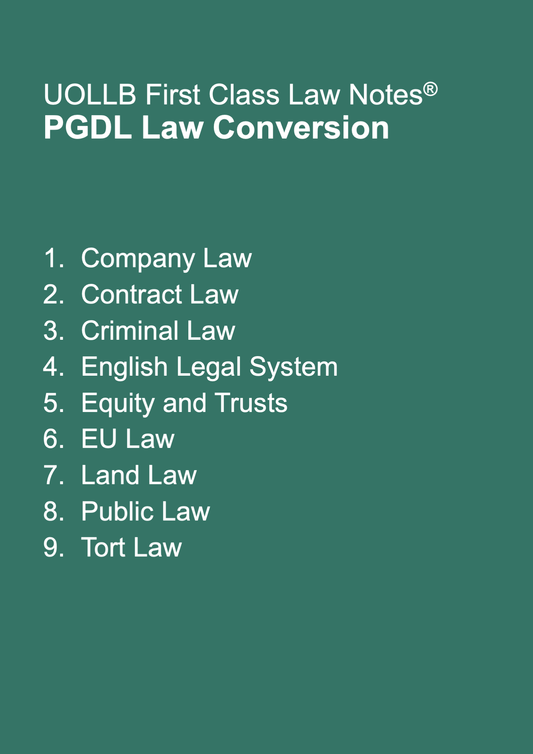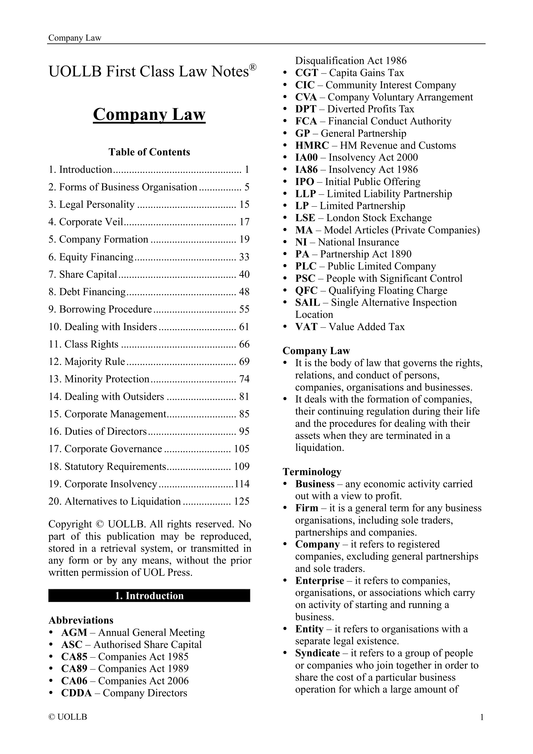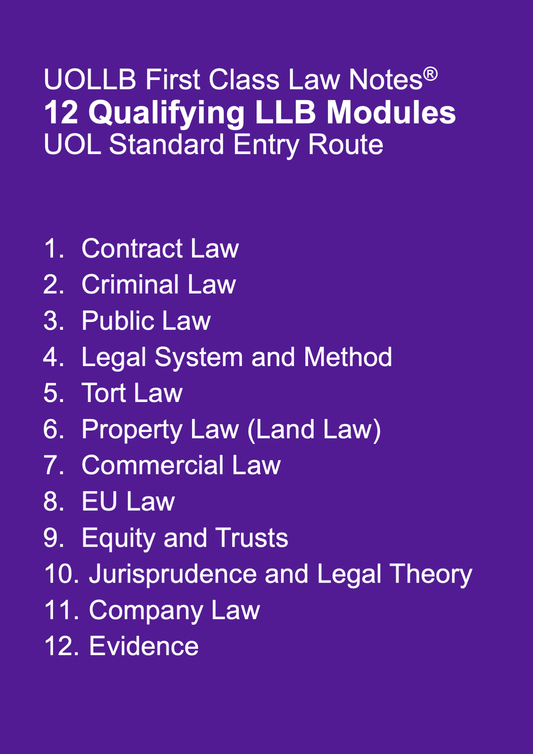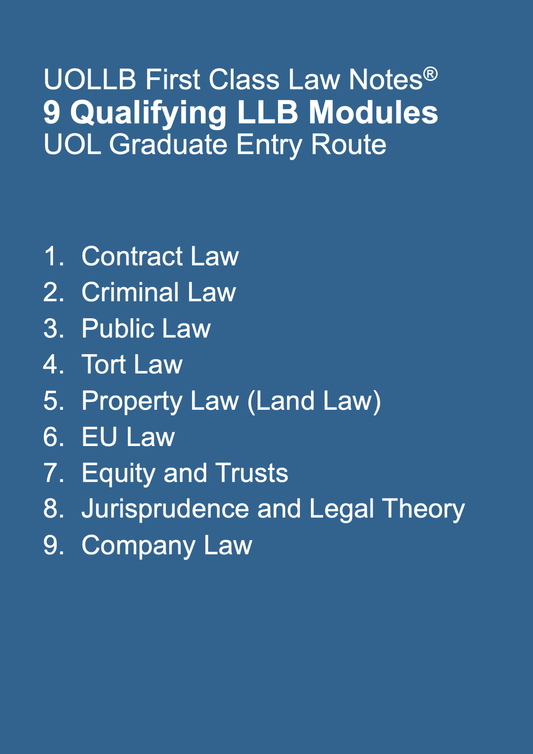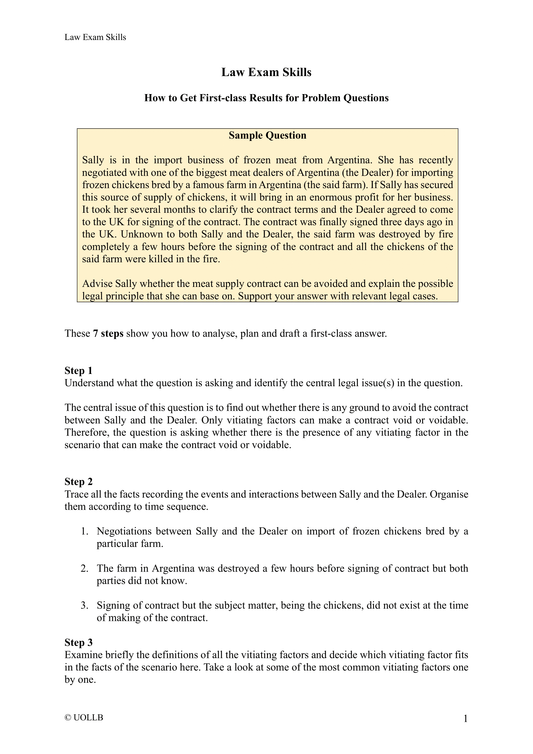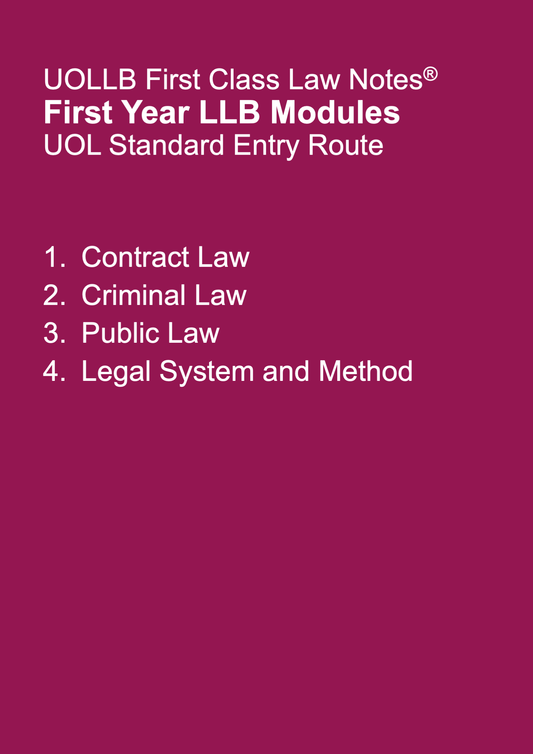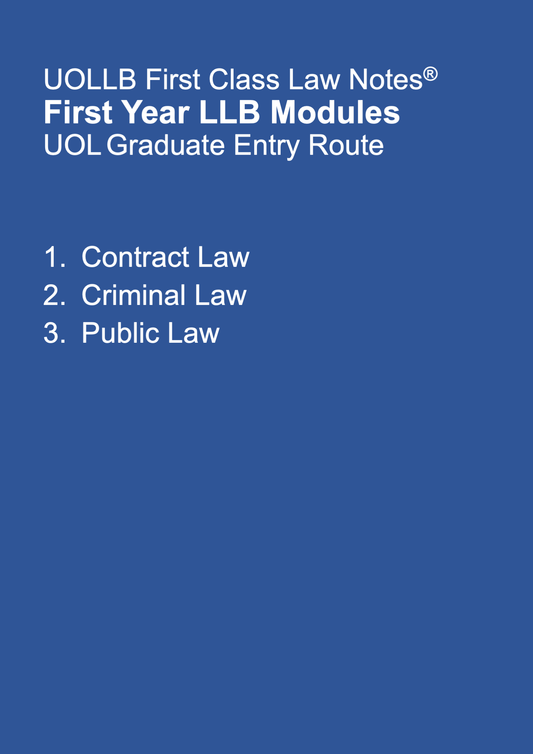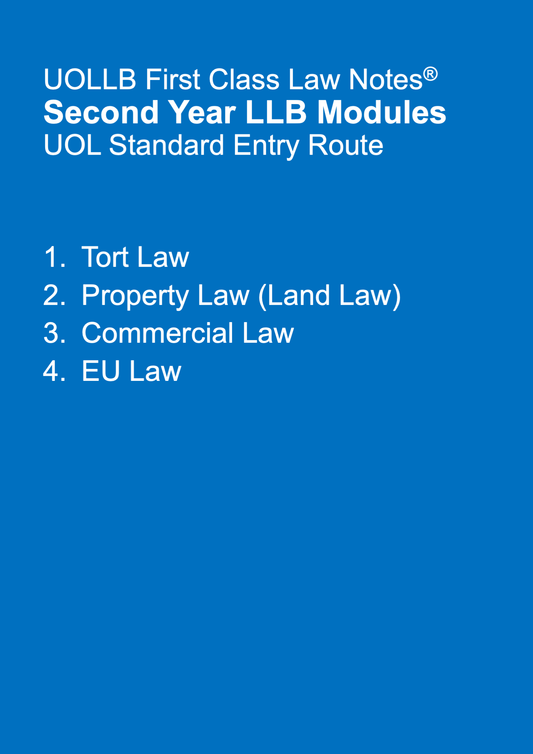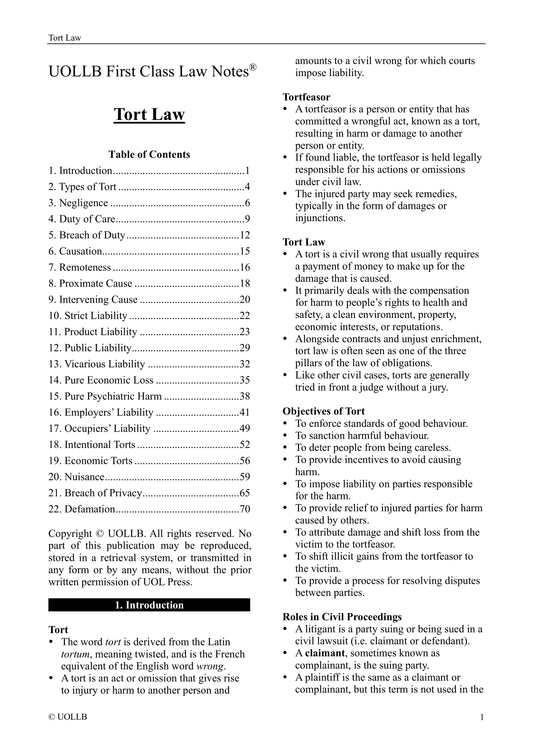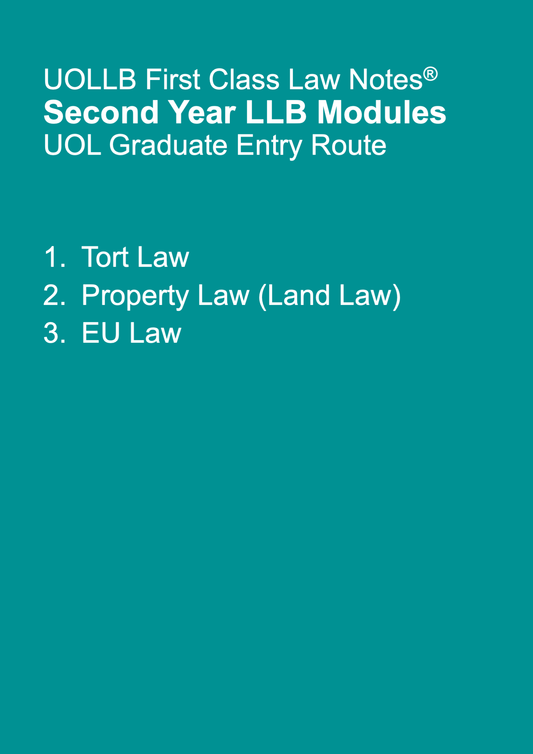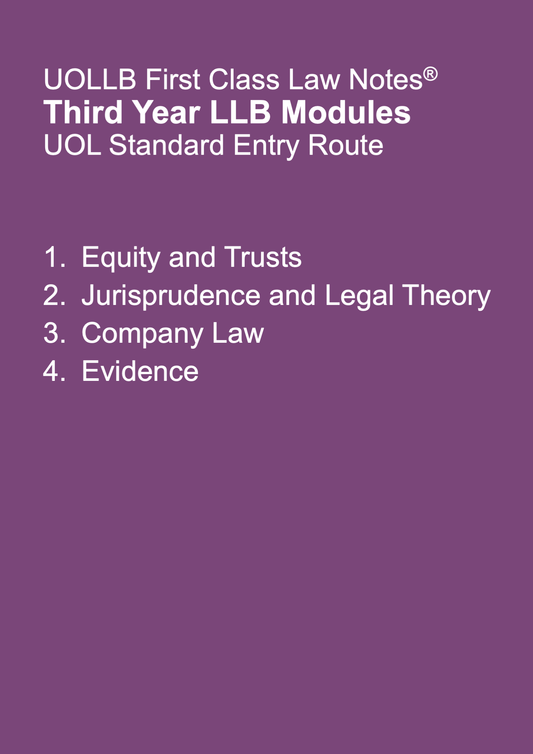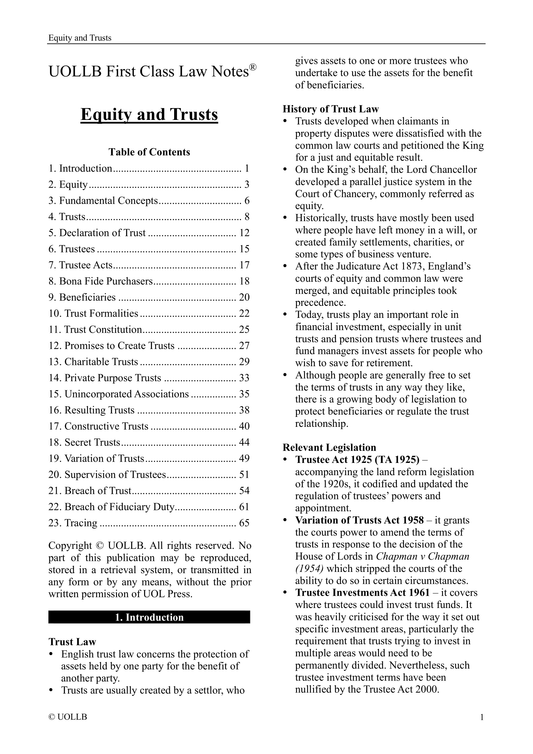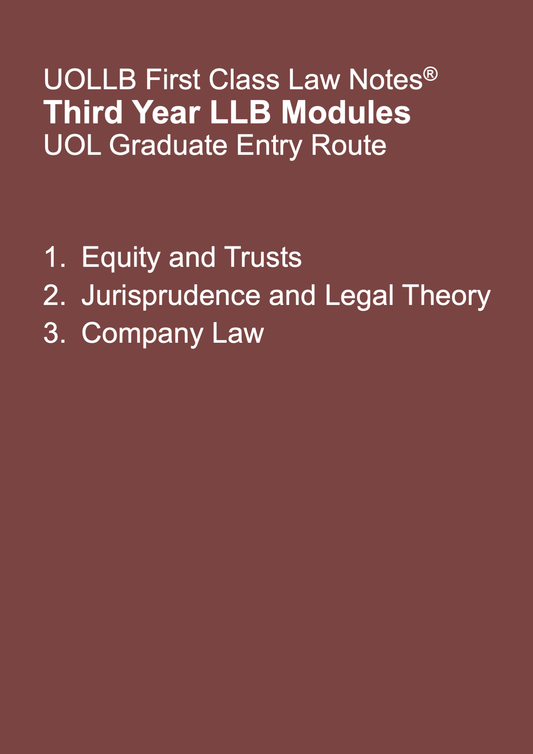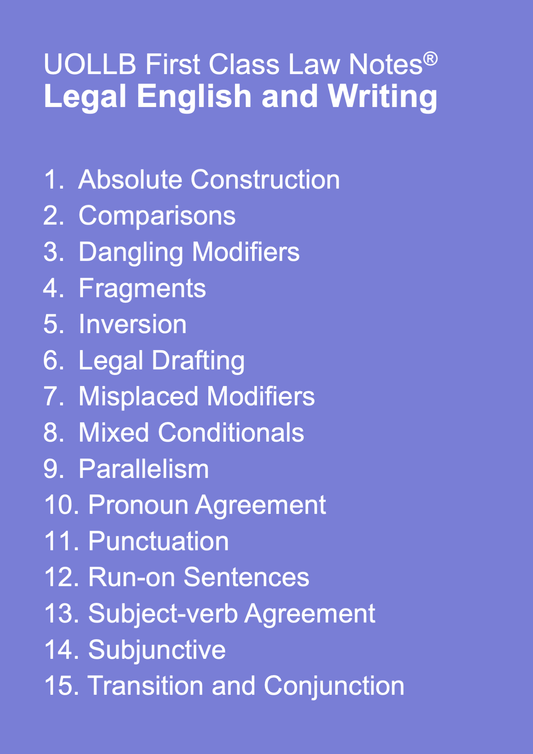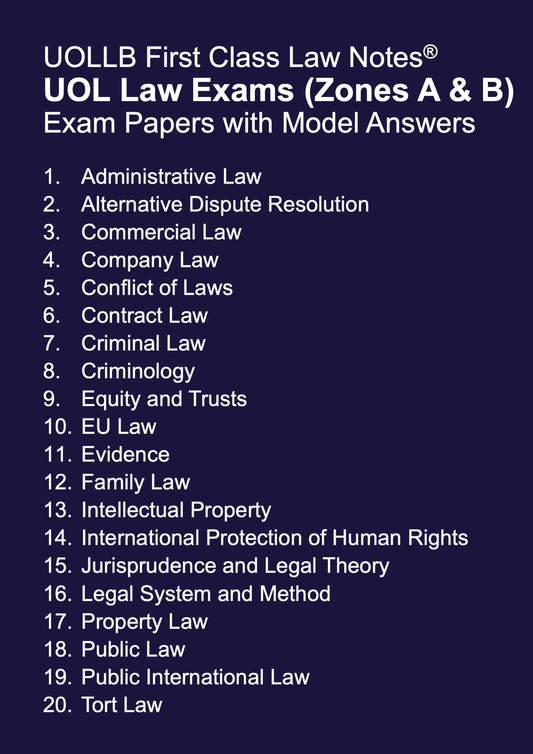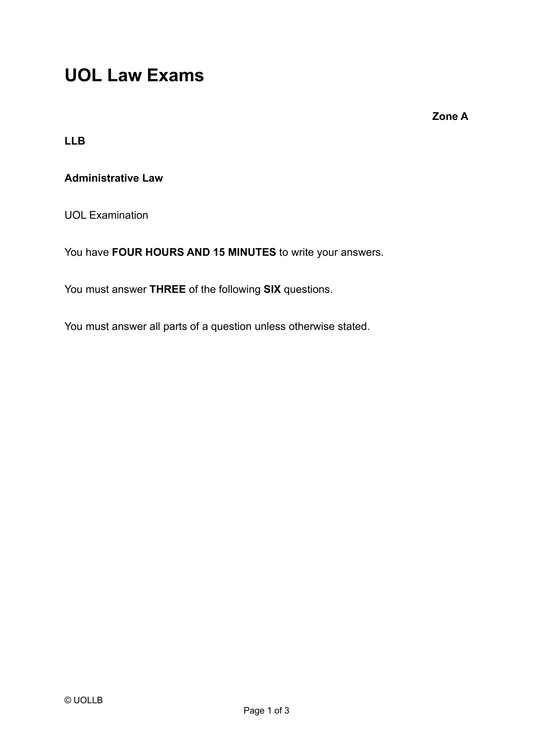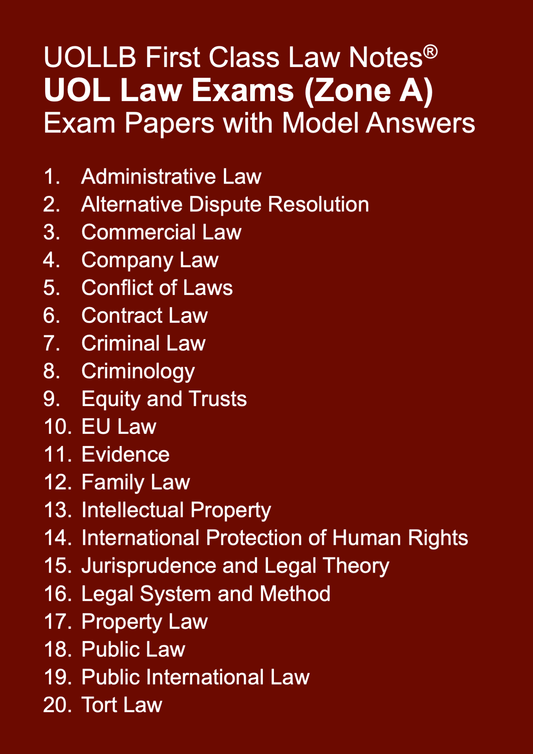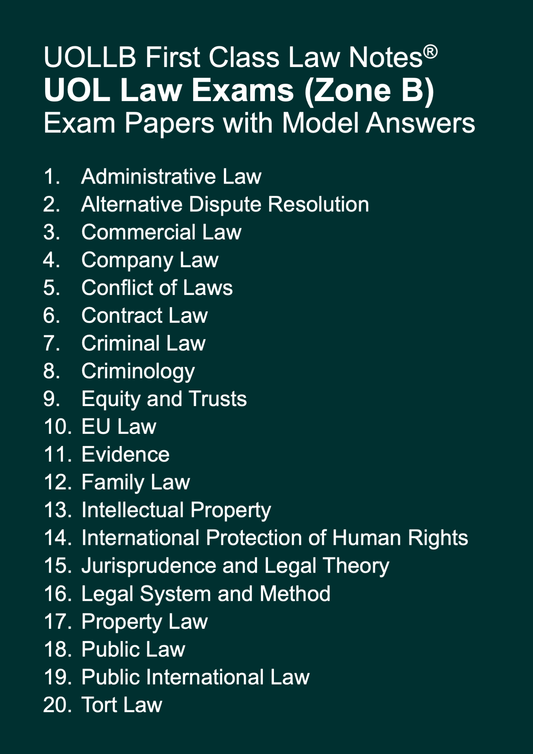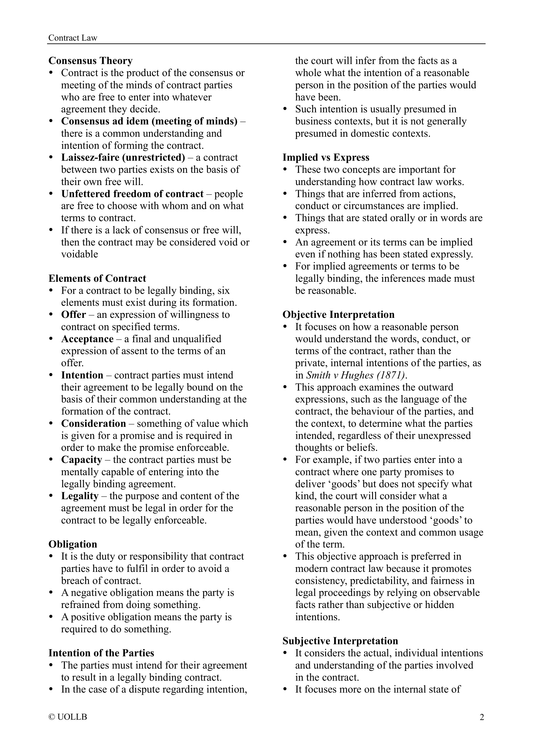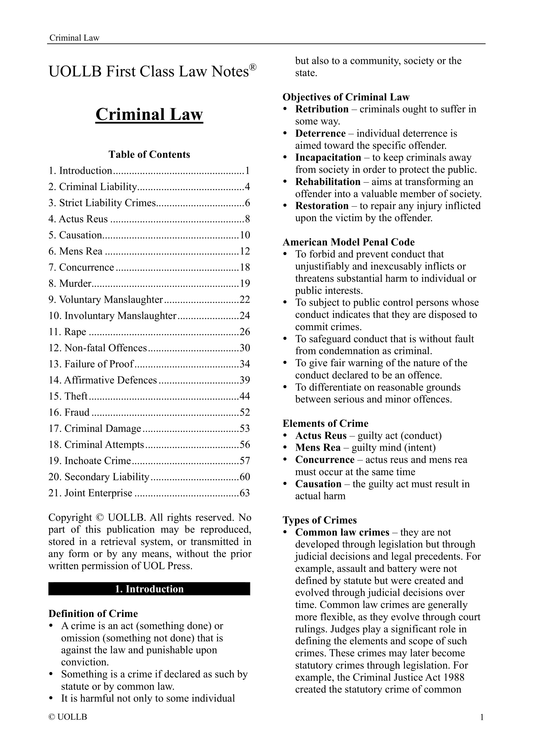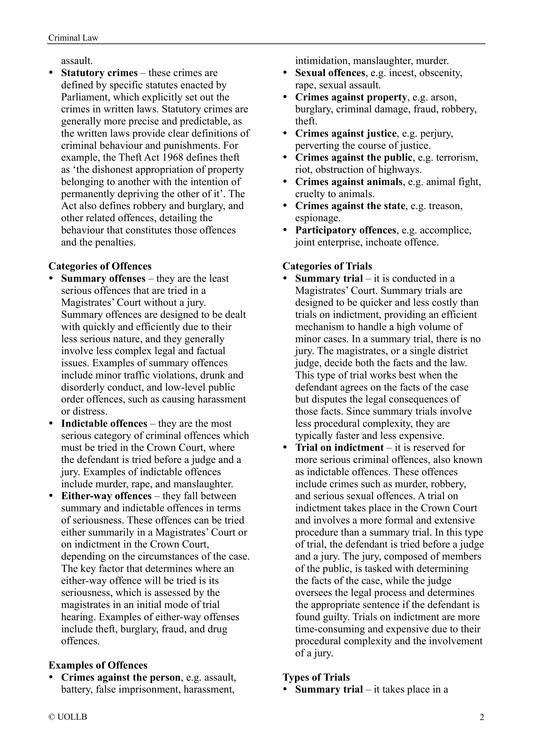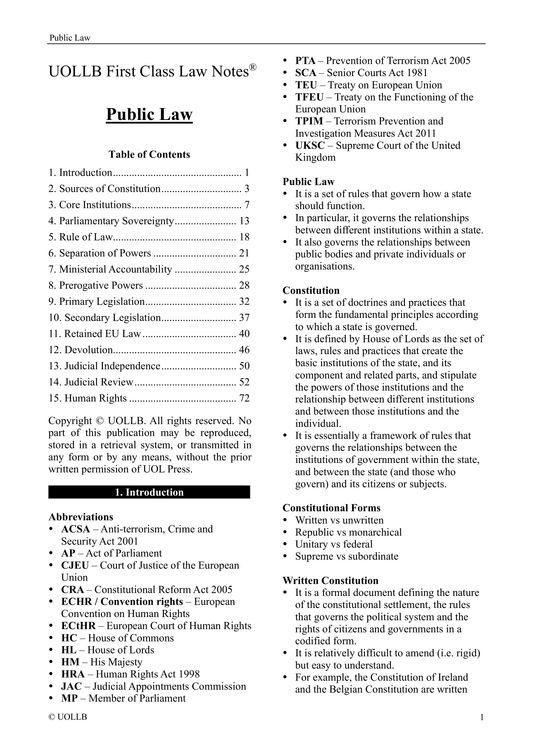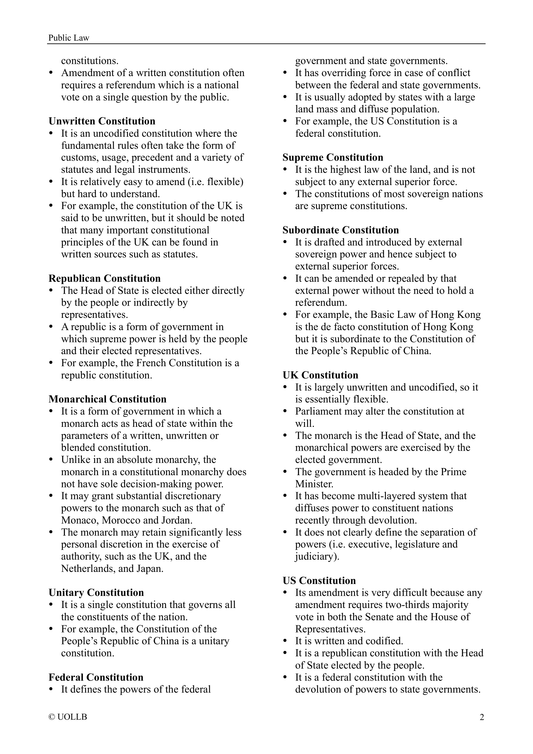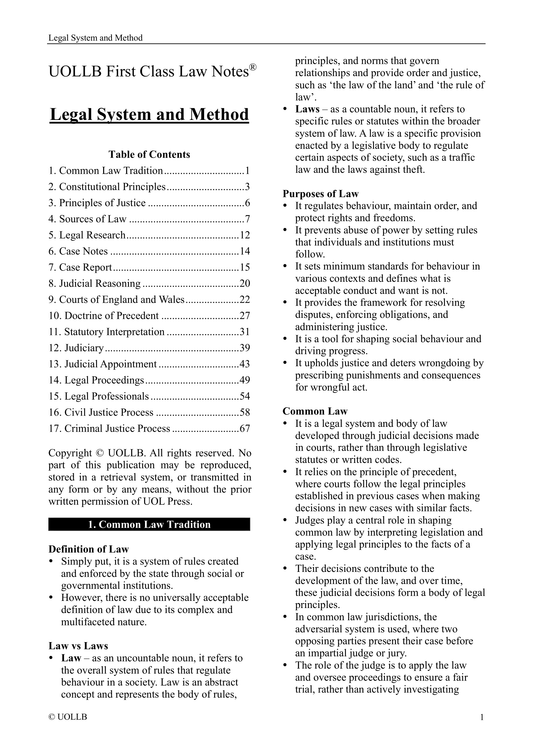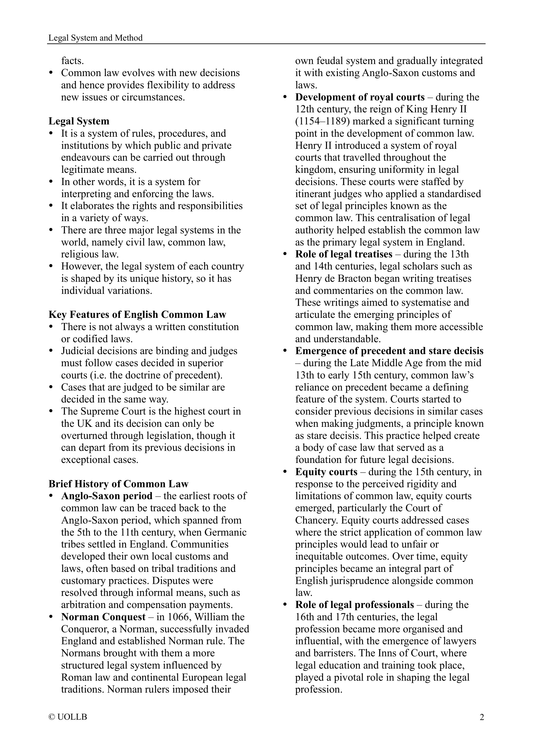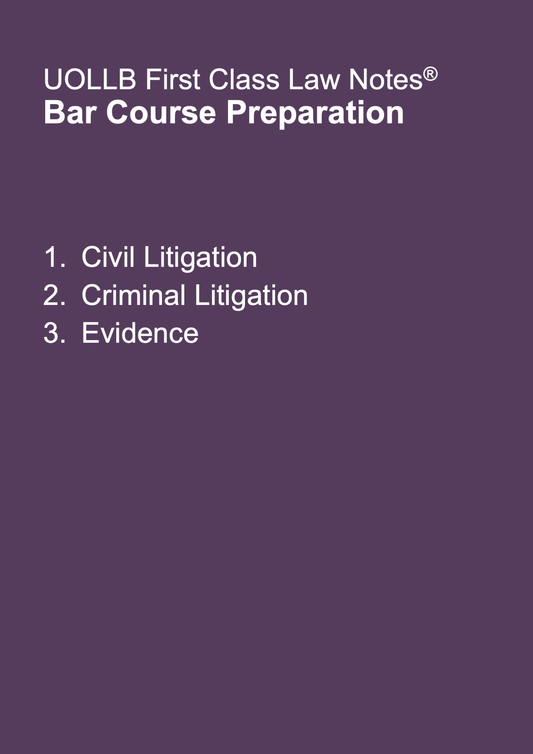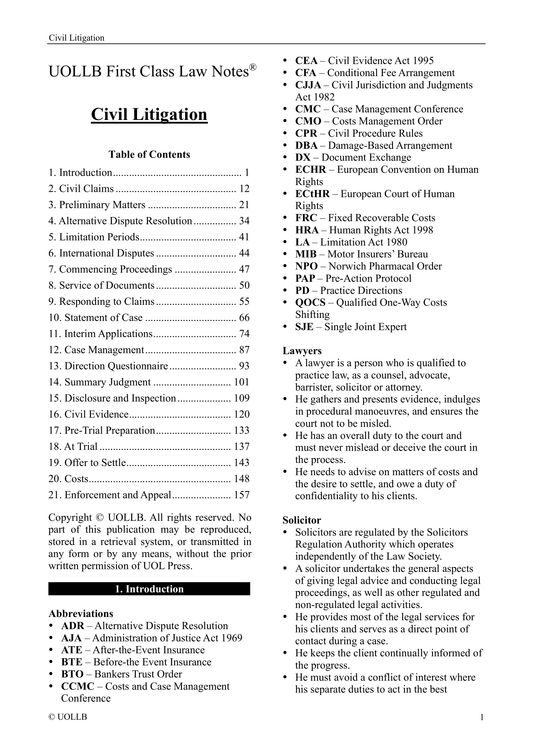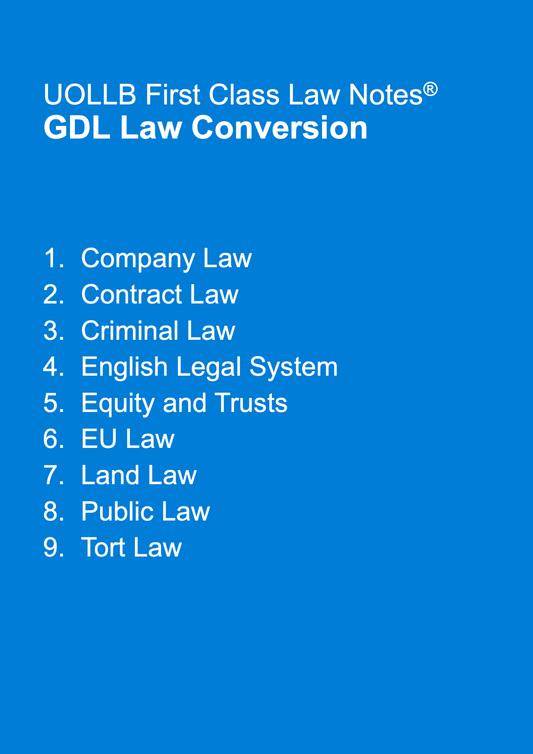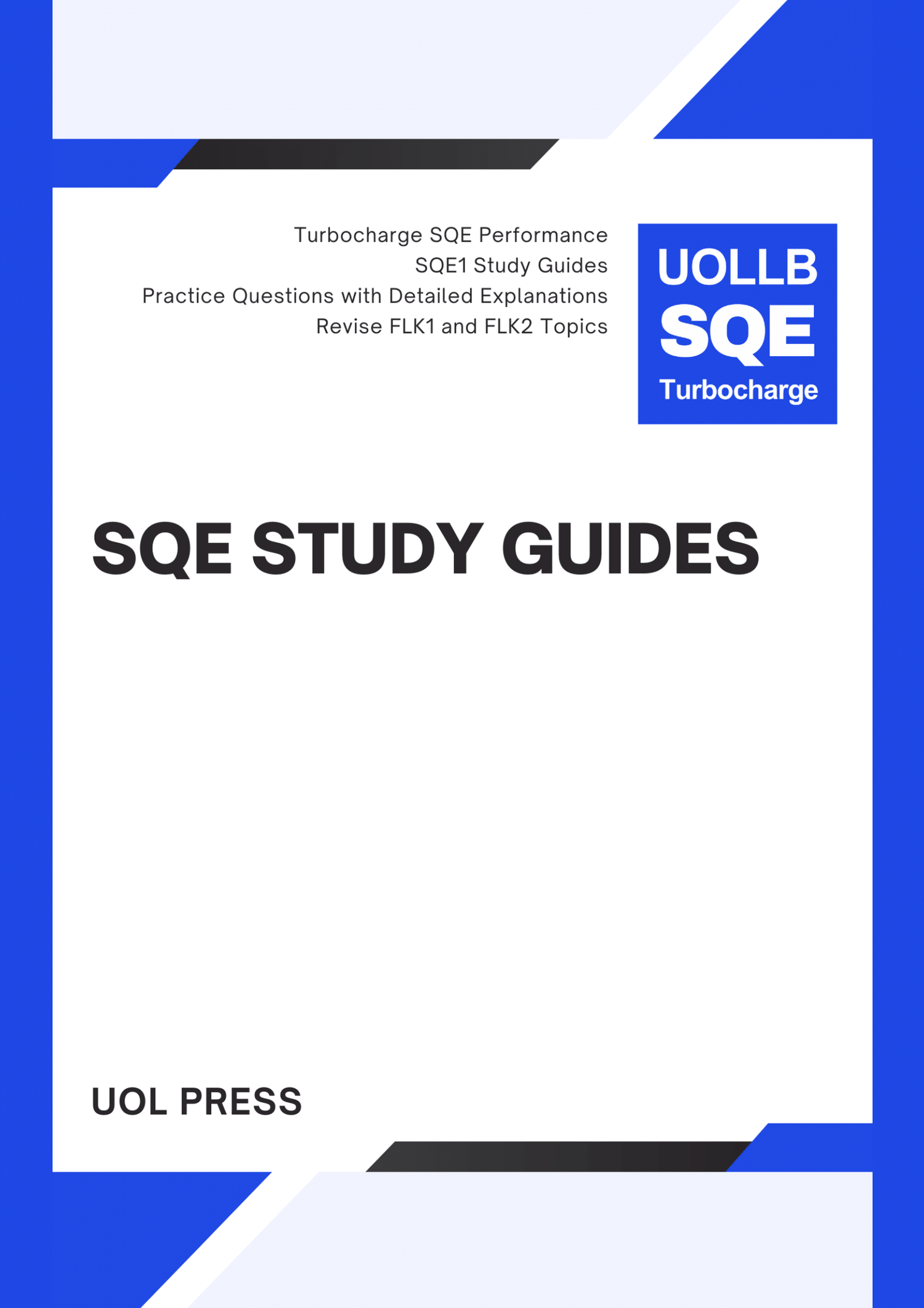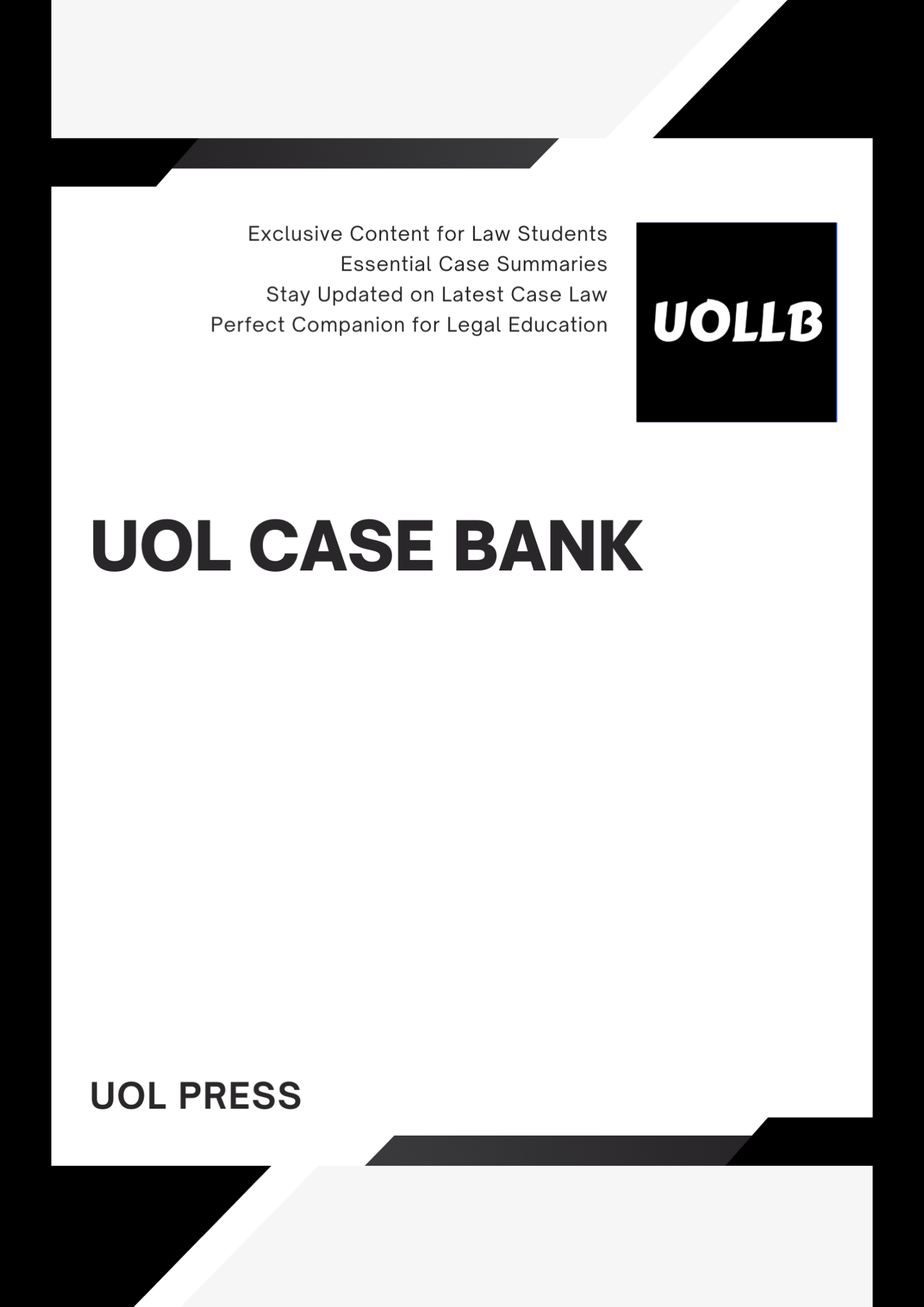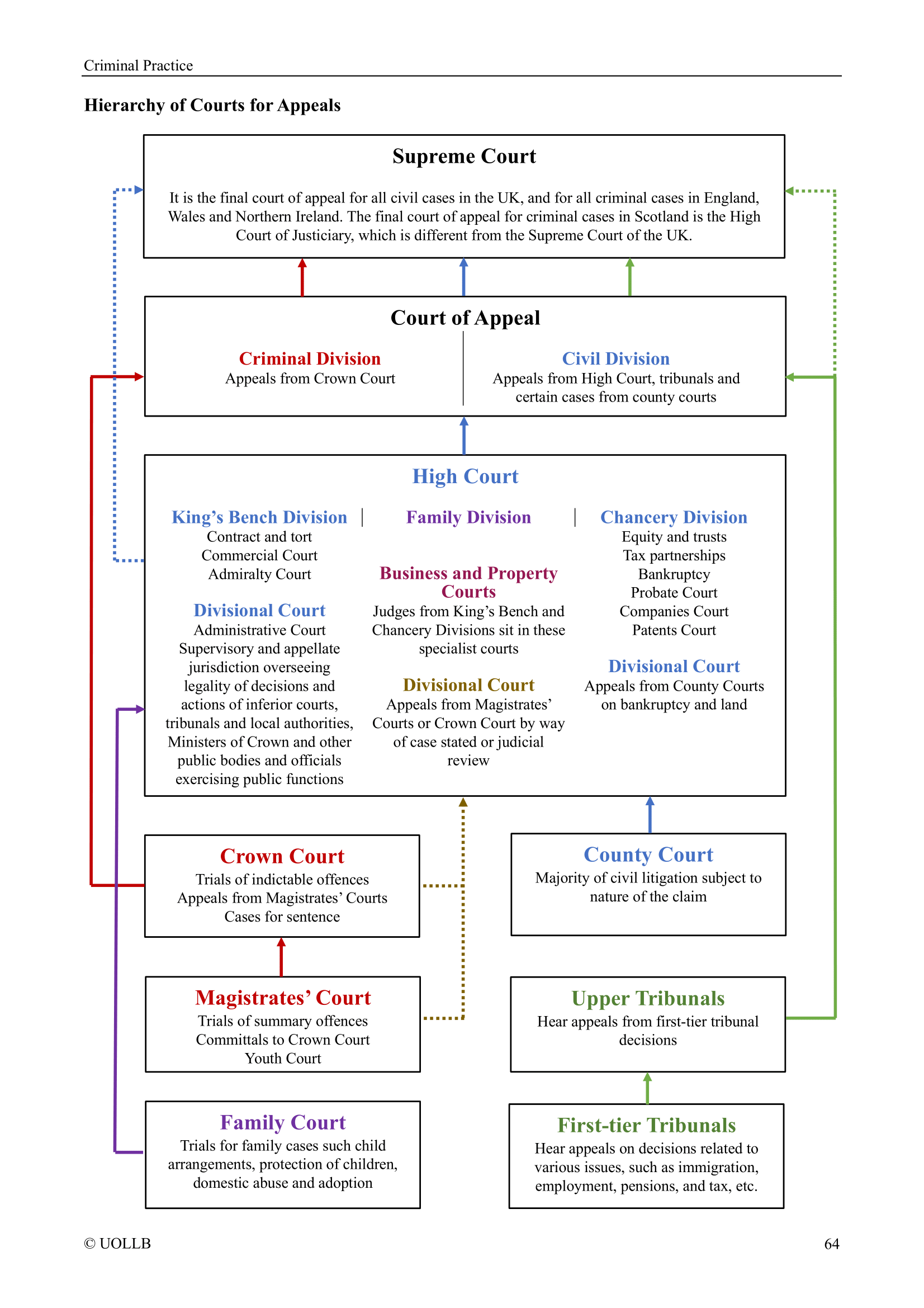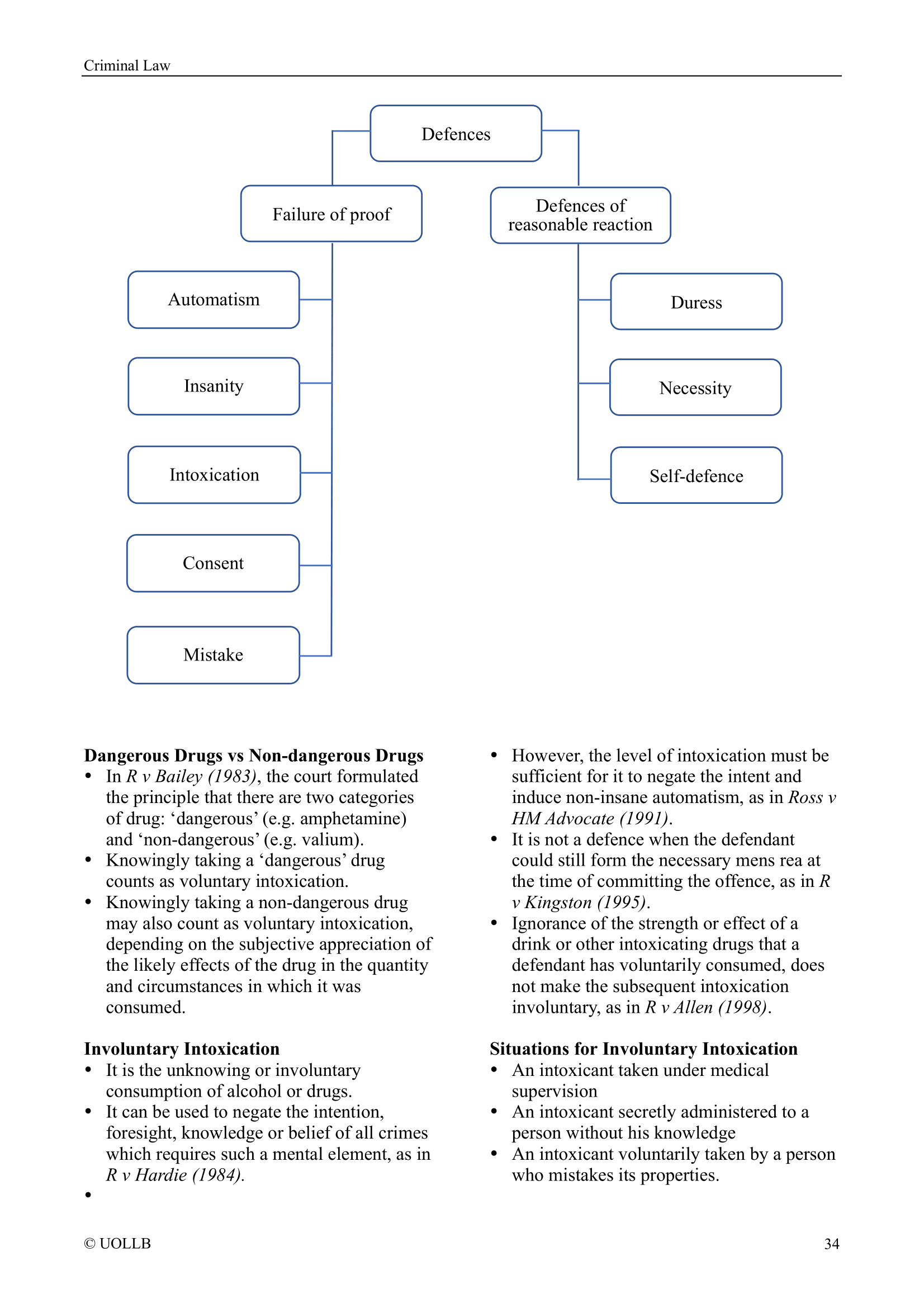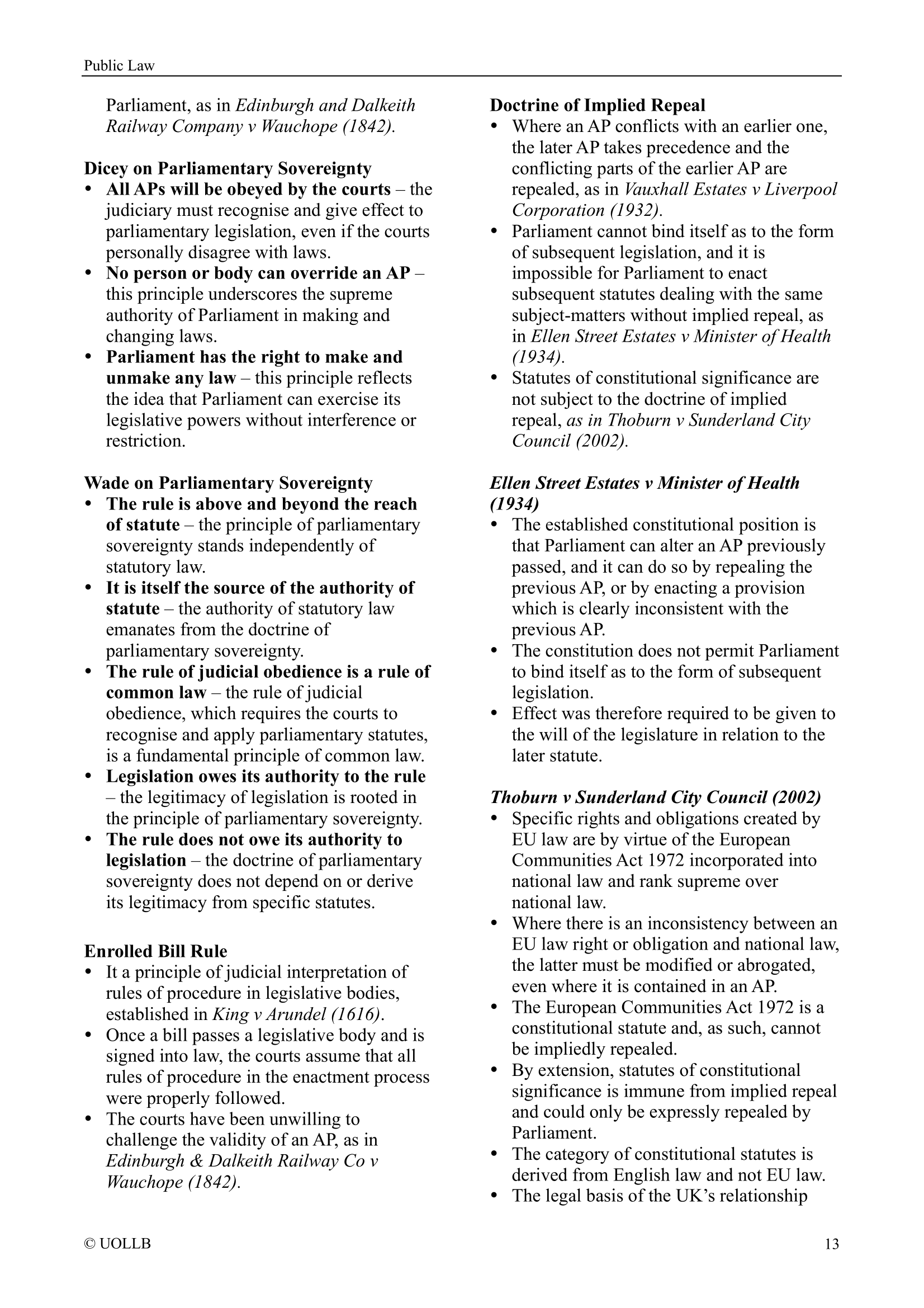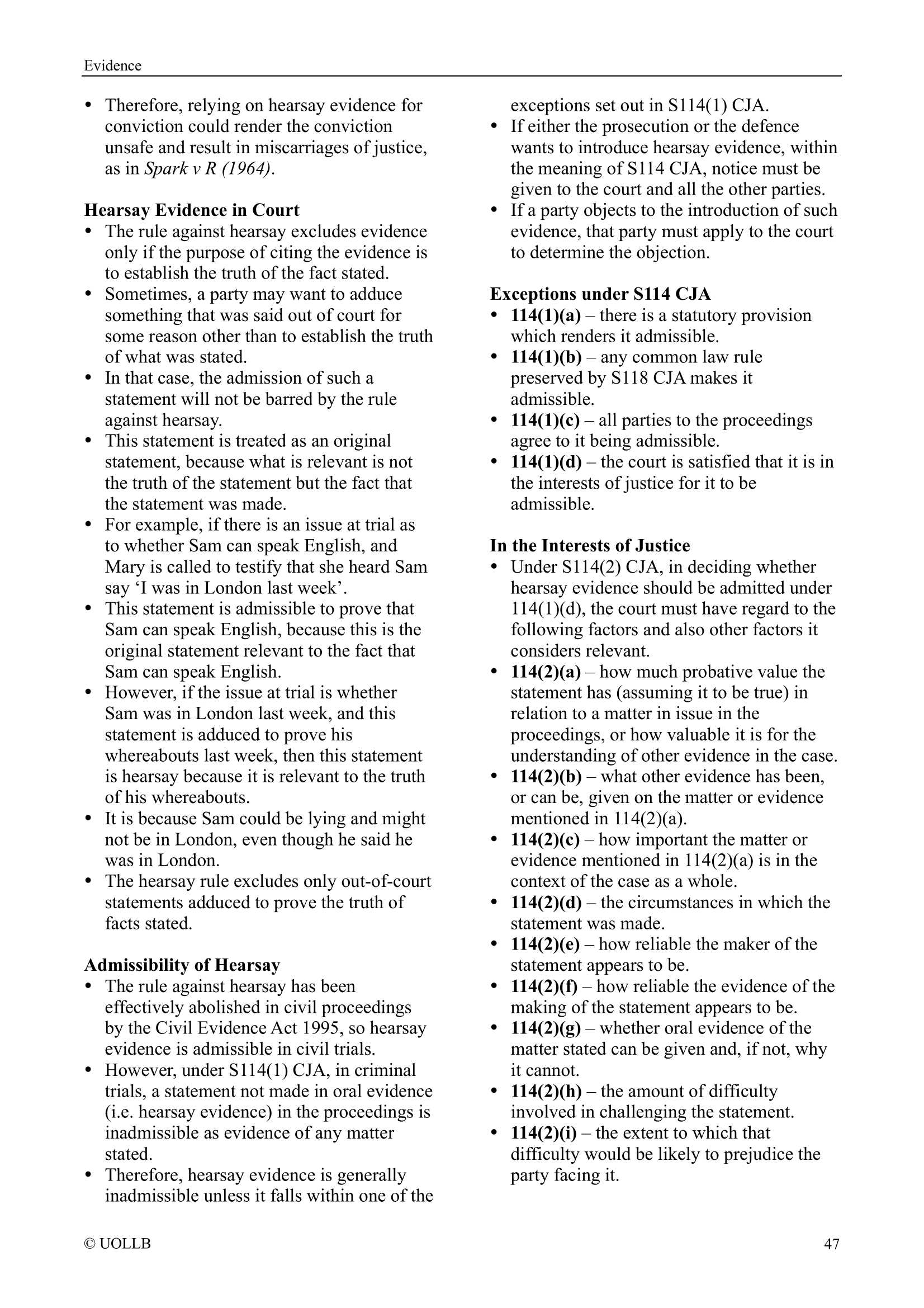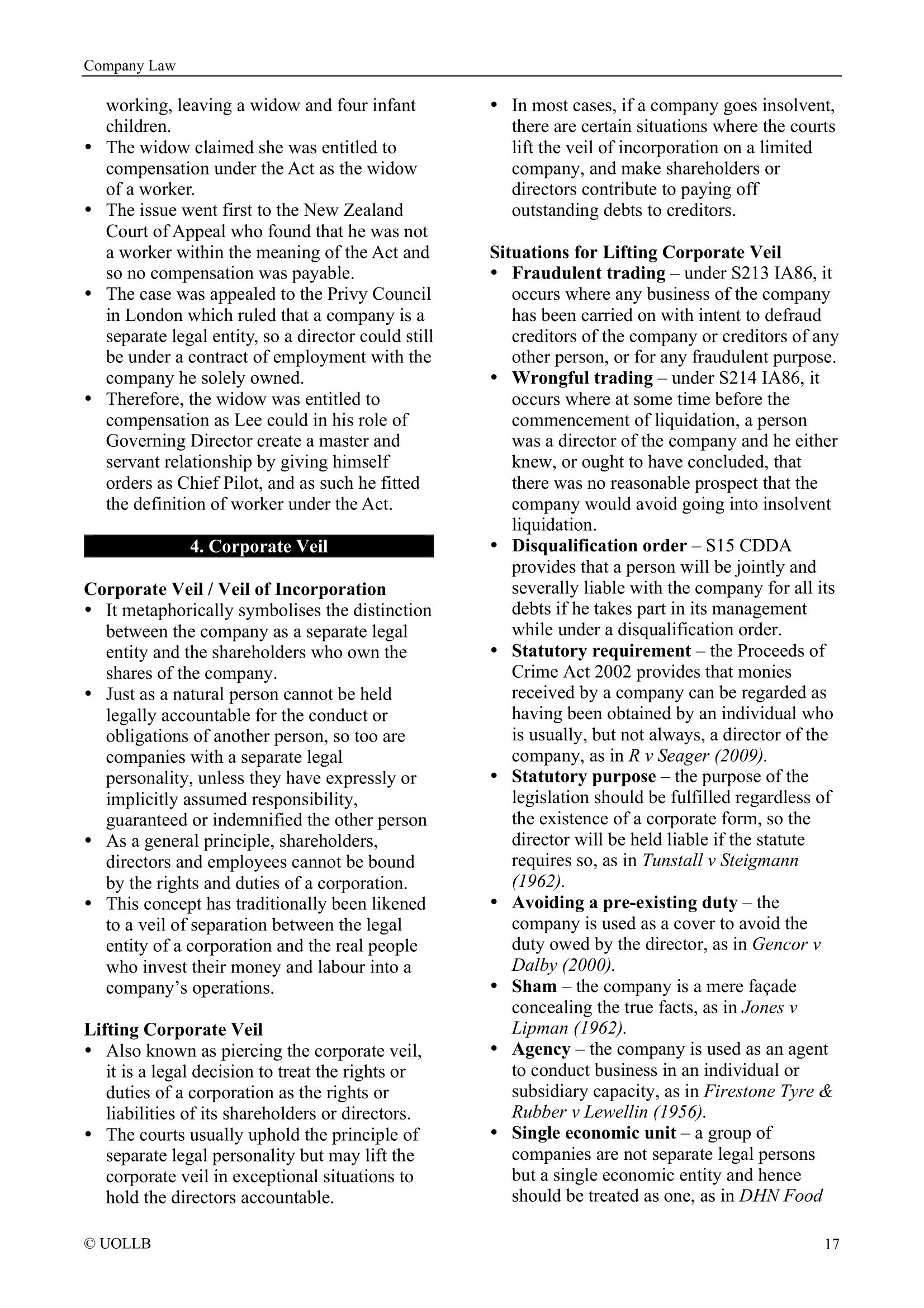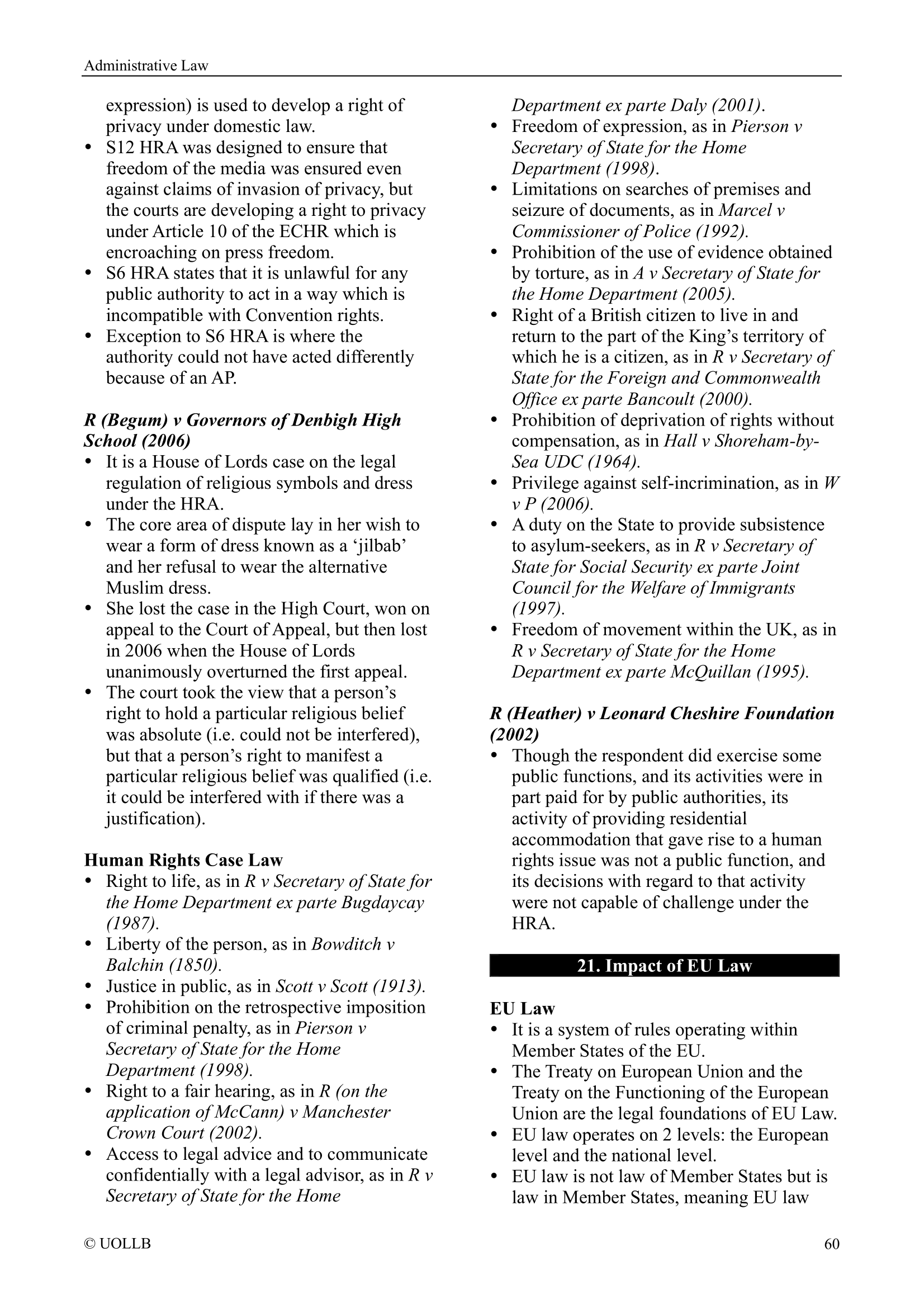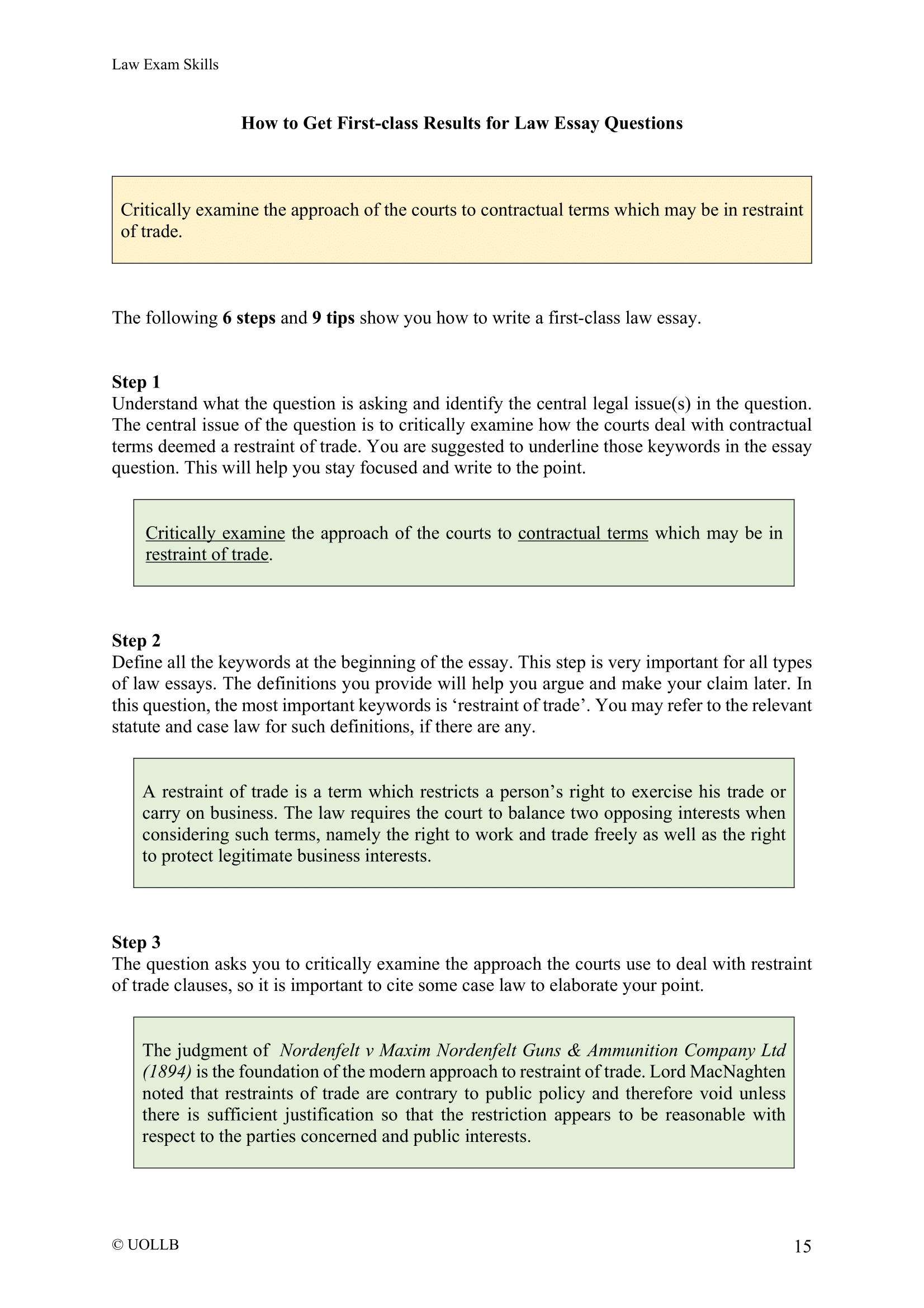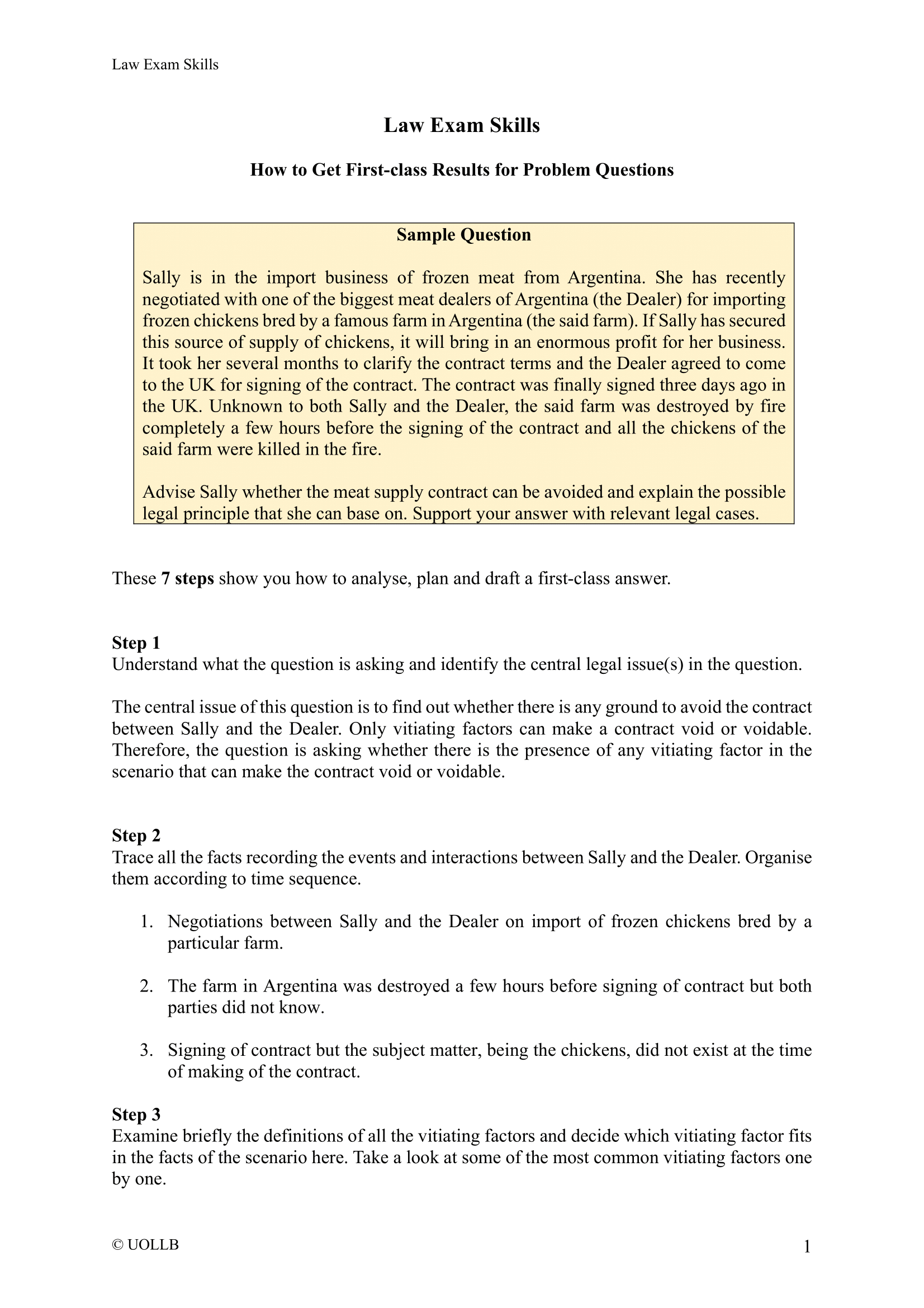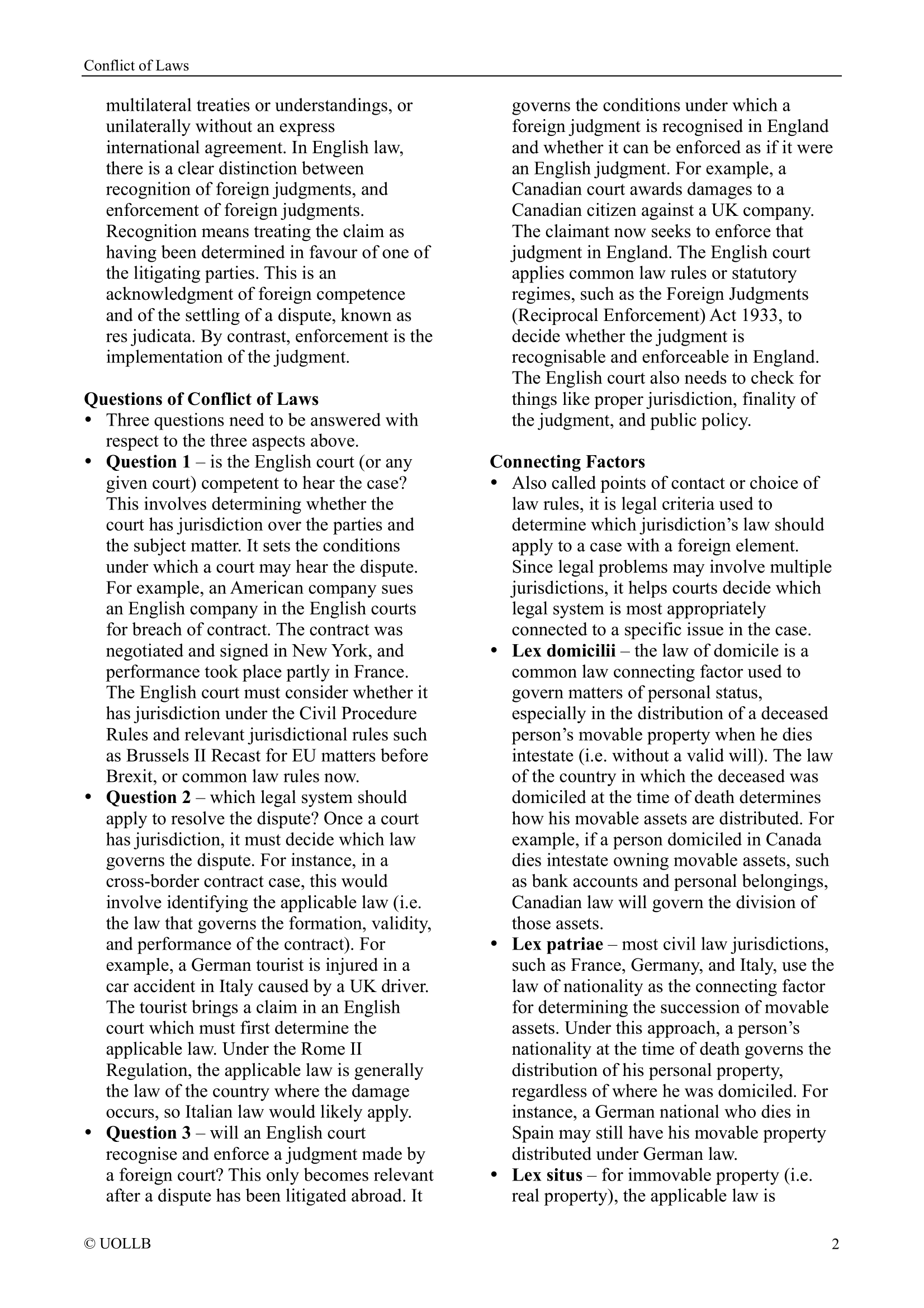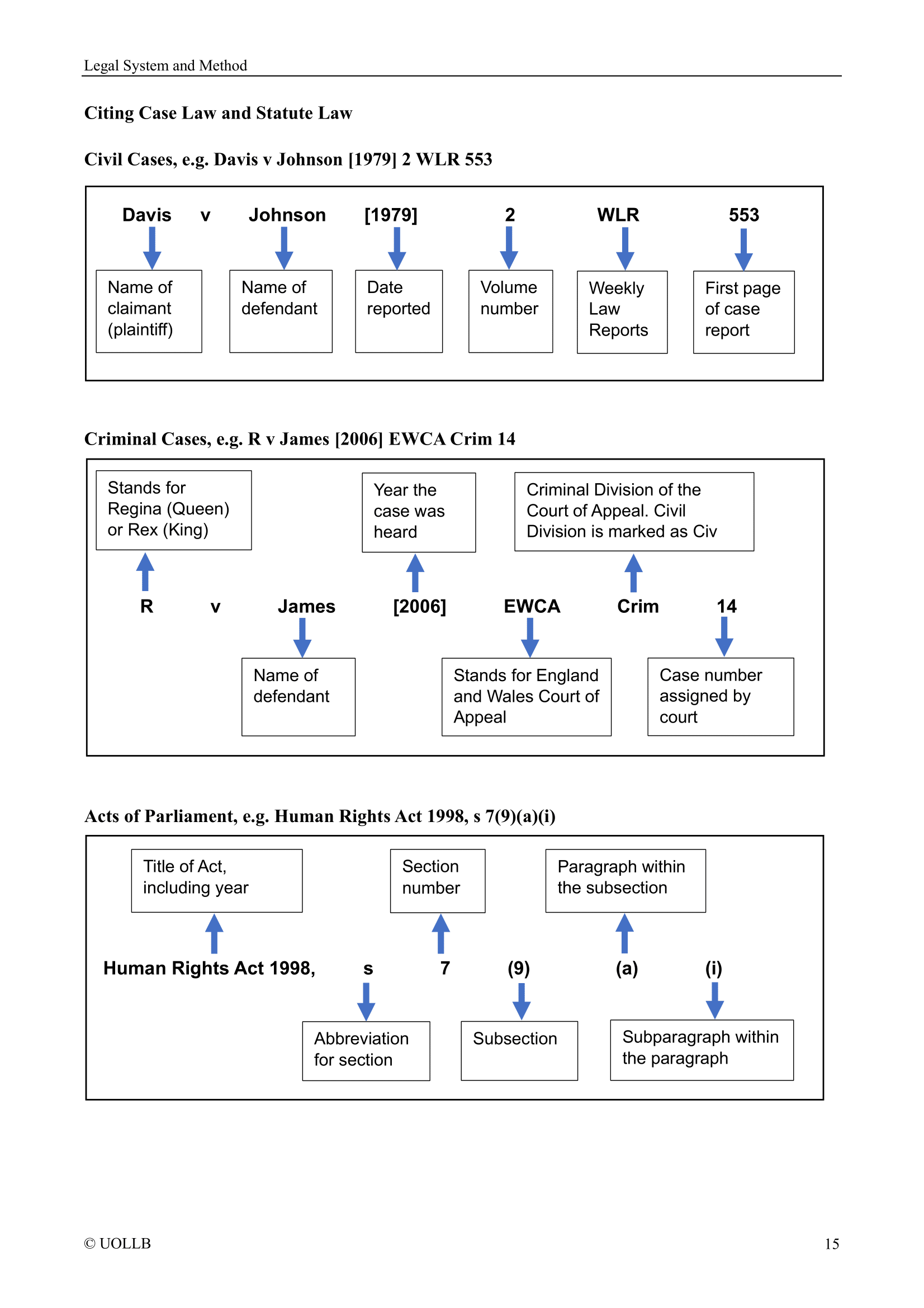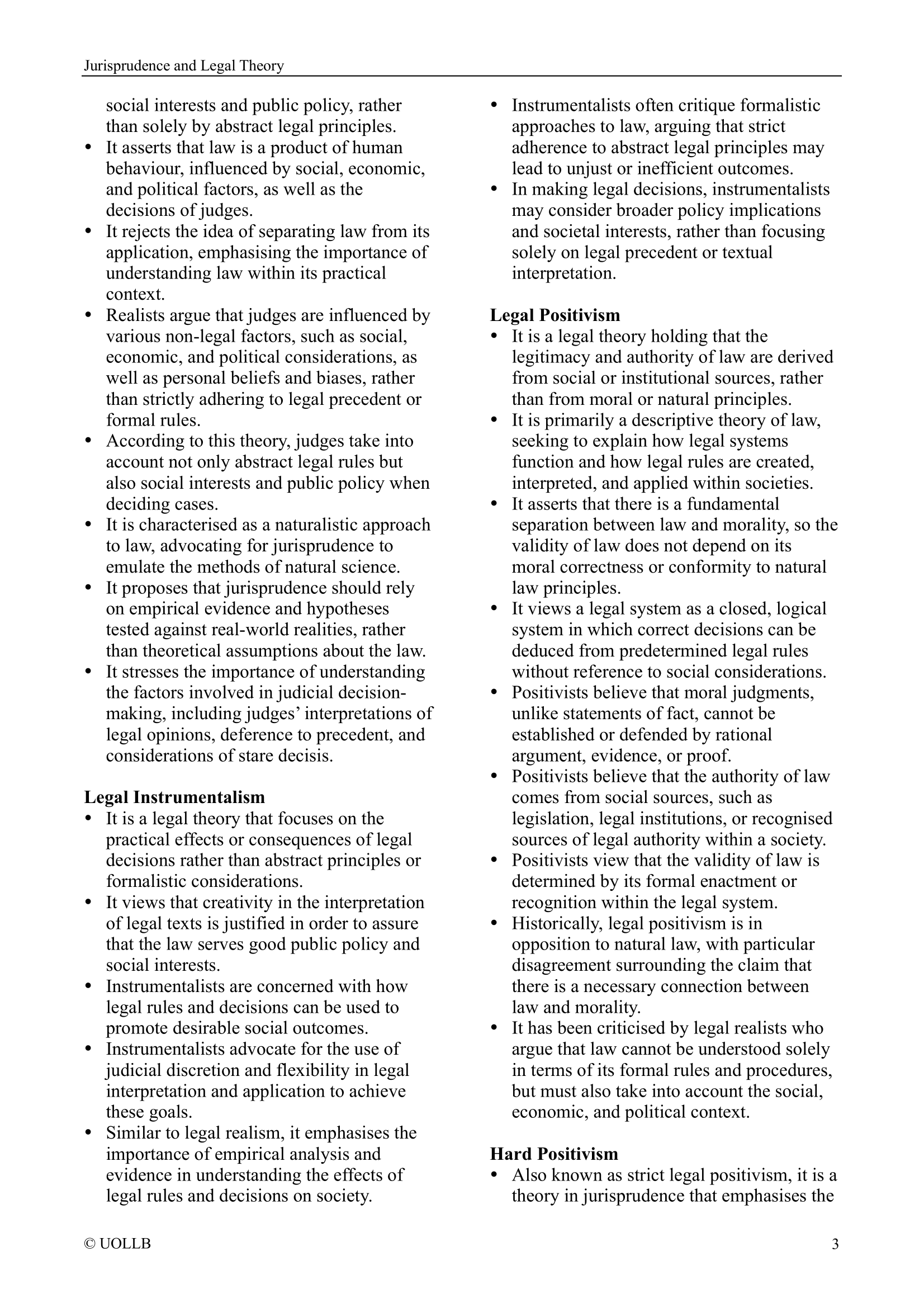Jones v Lipman [1962]
Share
Jones v Lipman [1962] 1 WLR 832 is a notable UK company law case that revolves around the concept of piercing the corporate veil. The case establishes a key principle that the courts may lift the corporate veil when a company is used as a mere facade to conceal the true facts, especially when its formation is aimed at evading a pre-existing obligation.
Mr Lipman initially entered into a contract to sell a house at 3 Fairlawn Avenue, Chiswick, Middlesex (now Ealing W4), to Mr Jones for £5,250. However, Mr Lipman later changed his mind and refused to complete the sale. In an attempt to avoid a court order for specific performance, he conveyed the property to a company formed solely for this purpose. Importantly, Mr Lipman was the sole owner and controller of this company.
Russell J, in delivering the judgment, ordered specific performance against both Mr Lipman and the newly formed company, noting:
"The defendant company is the creature of the first defendant, a device and a sham, a mask which he holds before his face in an attempt to avoid recognition by the eye of equity."
The court found that the company was essentially a creation of Mr Lipman, serving as a device and sham—a mask intended to prevent equitable recognition.
This case is significant as it provides a clear illustration of the circumstances under which the corporate veil may be pierced. The court emphasised that when a company is established as a mere facade, created to conceal the true nature of transactions and to avoid existing obligations, equity may intervene. The case underscores the courts' power to look beyond the corporate structure and hold individuals accountable when they use a company as an instrument to circumvent legal responsibilities.
